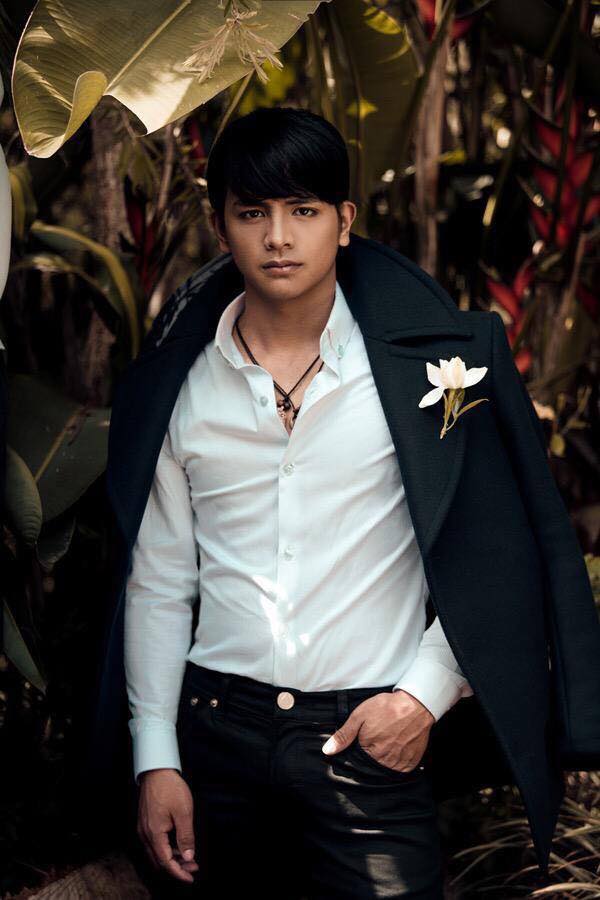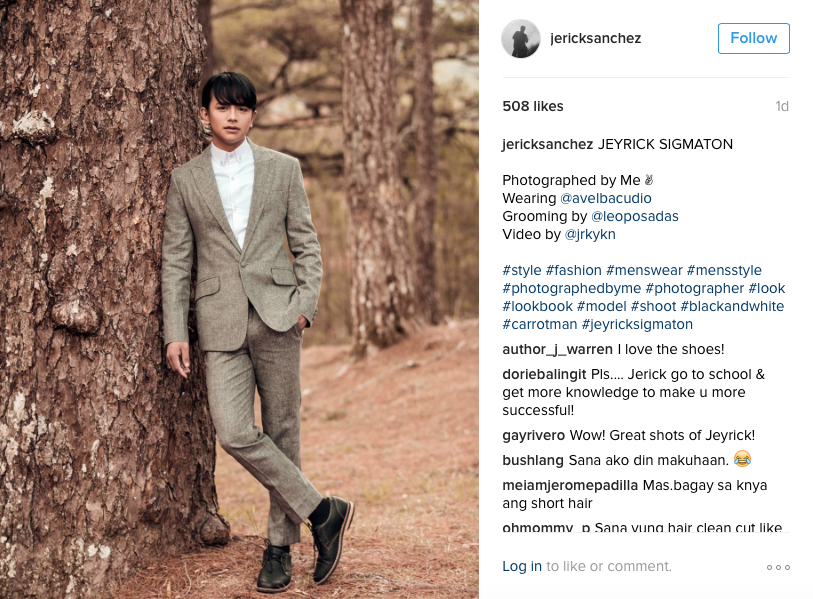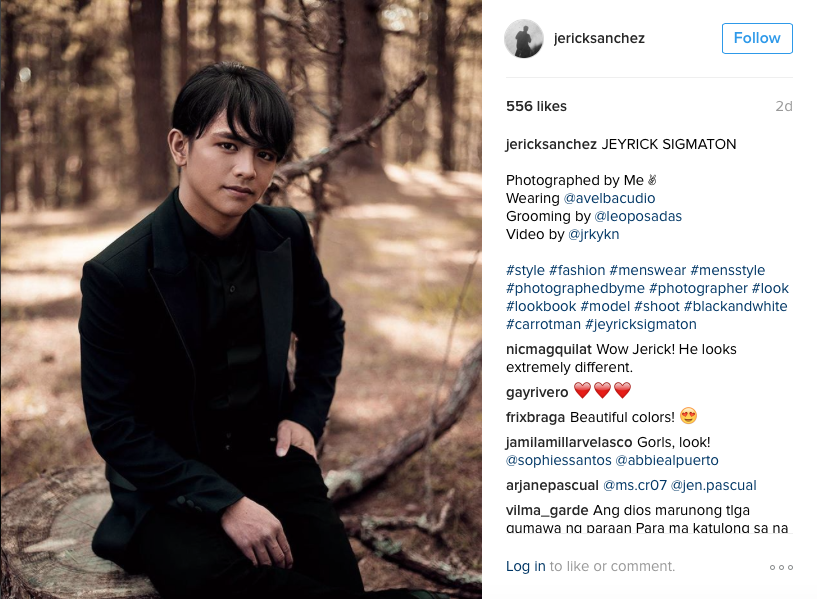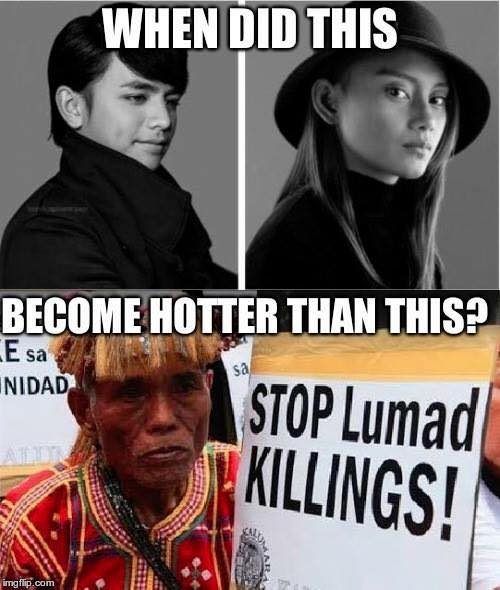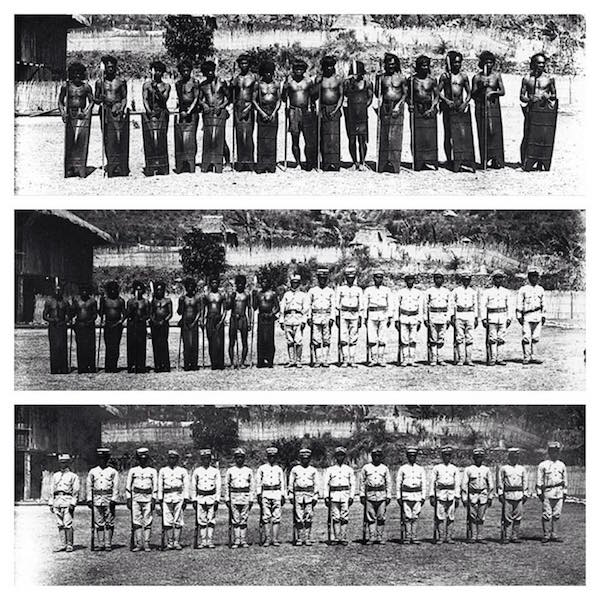This week, one of the most talked about stories in WhenInManila.com and our social media accounts is Badjao Girl’s photoshoot.
A few months back, it was everything related to Carrot Man. Photos of him in Sagada went viral. So did his photos for a clothing line and for a fashion shoot.
Reading about these stories always gives me a sense of unease.
I think it’s partly because of how underrepresented people are represented, and how their narratives are framed. Many people were surprised with Badjao Girl’s beauty (even if she’s a Badjao.) Many people were surprised at Carrot Man’s looks despite his job. After their photos went viral, they were given opportunities to work and to study, and many people said they should be “grateful” for the once-in-a-lifetime opportunities to pursue their dreams.
Admittedly, there’s something fascinating about rags-to-riches stories. Most fairy tales follow that narrative. And while Badjao Girl isn’t exactly “rich” right now, her family was offered a livelihood. She was granted a scholarship to help pursue her dream to become a teacher. She was dolled up and became the star of a photoshoot.
Similar things happened to Carrot Man. He was featured in shows, starred in glamorous photo shoots, and was offered opportunities for education and other projects.
I saw some posts on Facebook that made me slowly realize where my sense of unease was coming from.
I’m no expert on the culture and the plights of the indigenous people in the Philippines. Sure, I’ve attended some fora and conferences in UP, where students have discussions with some indigenous people like the Lumads. I’ve seen documentaries and learned about them in class. But none of these could ever fully encompass their history, culture, and struggles. After every documentary, forum, and conference, one of my main takeaways is how underrepresented the indigenous people are. There are so many stories to tell about them, and such a great need for more discussion. But they barely get that opportunity.
During the rare moments that they do, their issues and identities are trivialized into “touching” and “magical” transformations. Of course, this begs the question—do they even need those transformations?
Sarah Torres, co-founder of Out of the Box shared this photo below from the Facebook Page Beast Jesus. She captioned:
When the IP representation of media becomes more of a spectacle than a national issue. So telling of a media that is for entertainment masked in the guise of charity and helping people achieve their “dreams.”
Ignore Rants, another Facebook page, wrote:
One takeaway from the Carrot Man and Badjao Girl thing is that people are generally good to you if you are good-looking. How is it possible that a pretty girl and a handsome boy are poor, right? So we dress them up. We make them like us. And in doing so, we impose upon them our view of poverty—that if we put make-up on it, it’ll probably disappear. Sabi nga ng superior ko kanina “Wala kasing sexy na Lumad kaya okay lang na patayin sila.” —R
Is it wrong for indigenous people to get made up? To be featured in shows? To get attention just because of their looks? I think it would be hypocritical of me to say that. How many accidental models and celebrities were scouted while they were out with friends and families? Discovered just because of their looks? Realistically speaking, before a person gets to know your skills, personality, character, credentials, struggles and life stories, they will first see how you look. That inevitably gives some people an advantage–including indigenous people.
But I think there is something wrong when we perceive glamorous photo shoots as the happy endings to the struggles of indigenous people–as if that photo shoot, scholarship, or showbiz project solves the problem. There is something wrong when we’re surprised at their capacity to be beautiful. Or to be dressed up just like us. To be made up just like us. There’s something divisive about the idea of us versus them.
I also found this Facebook post by AK Ocol very enlightening, especially since it takes our history into account in relation to the viral stories of Badjao Girl and Carrot Man.
The transformation of Carrot man and Badjao girl is more problematic than you think it is — and what a horrible way of reducing this kid who was begging in the streets carrying a baby (if i remember correctly) as *that Badjao girl*. *That Badjao* who gives envelopes inside jeeps while singing and dancing. *That Badjao* that cleans your shoe. *That Badjao* who’s capable of “being pretty”. What a reductionist privileged gaze. Her and carrot’s man publicity reeks of that. What a spectacle. “Oh, they’re capable of being pretty” slash “oh they’re capable of being one of us”.
Here’s an interesting piece of history i found during my thesis, bear with me if you find this long. This photo was took in 1903, labeled “Bontoc Igorot Warriors old school and new school”. During the late 1800s and the early 1900s, the Americans needed to understand the land they have inhabited claiming that thorough scientific investigation can lead to the proper management of the Philippine island settlers. anthropological works. The “scientific research” was undertook by some anthropologist but majority of the team were consisted of zoologists, bird watchers, and military mean who more or less treated their subjects as animals that needed to be categorized. The pictures were taken out of context, measured their subjects’ limbs, had them posed naked — something modern anthropologists would deem unethical. The research was also purely eugenics. A couple of these individuals were also sent in human exposition exhibits in America (aka human zoos).
Eventually after several taxonomies later concluded that these people were “not civilized enough” and that the goal of “proper management” needed to be enacted. “Anthropologists” then turned military colonial administrators. You see, in order to be educated, you have to first become “pretty”, “aesthetically tasteful” and “socially palpable”. And who’s standard of social palpability do you follow?
The “old school” Bontoc Igorot warriors were their identities before “education” intervened. They were half-naked and used “cave men” technology. The “new school” Bontoc Igorot warriors are the ones portrayed at the bottom photo wearing American uniforms, perfect military posture, and holding rifles. “Civilized” and “educated”. Now this intervention led to the disappearance of most indigenous groups identities. They weren’t pillaged and murdered like the native Americans, they just simply became too embarrassed to wear their traditional clothing for fear and shame of being included in the anthropological study.
Now think about the middle picture. Think about Carrot man and Badjao girl. Now think about their “discovery” and grooming they took in order to have a scholarship. Now think about the scholarship and the other carrot and Badjao men and women who do not have scholarships. Oi, maybe it’s deeply rooted in history.
Some of the people who posted these think pieces received flak from some netizens. “Ang dami mong sinabi, ikaw ba nakatulong sa kanila?” “Binigyan na nga sila ng scholarship, reklamo ka pa?” I don’t think these posts intended to belittle the opportunities given to Carrot Man and Badjao Girl. Rather, they ask us to reexamine how we perceive and represent indigenous people, underrepresented people, and their struggles. They ask us to rethink how we position ourselves in relation to them.
In line with this, I saw some comments lauding Badjao Girl for promoting “true Filipina beauty.” When people say “true Filipino,” I immediately think what it means to not be a true Filipino. Sure, we should celebrate being kayumanggi. But celebrating a certain kind of beauty does not merit the need to belittle other kinds of beauty. I’ve seen numerous posts pitting kayumanggi beauties against Filipinas with mixed ethnic origins, or with Chinoys. People shouldn’t be faulted and shamed for their ethnicities. Surely, there are ways of showing your Pinoy Pride without being divisive and without diminishing the value of diversity.
Soon, there will be another viral story of another photo of another Internet celebrity. Here’s to hoping that we’ll be more reflexive with our reactions, more sensitive to others’ struggles, and more critical of the complex politics of representation.


